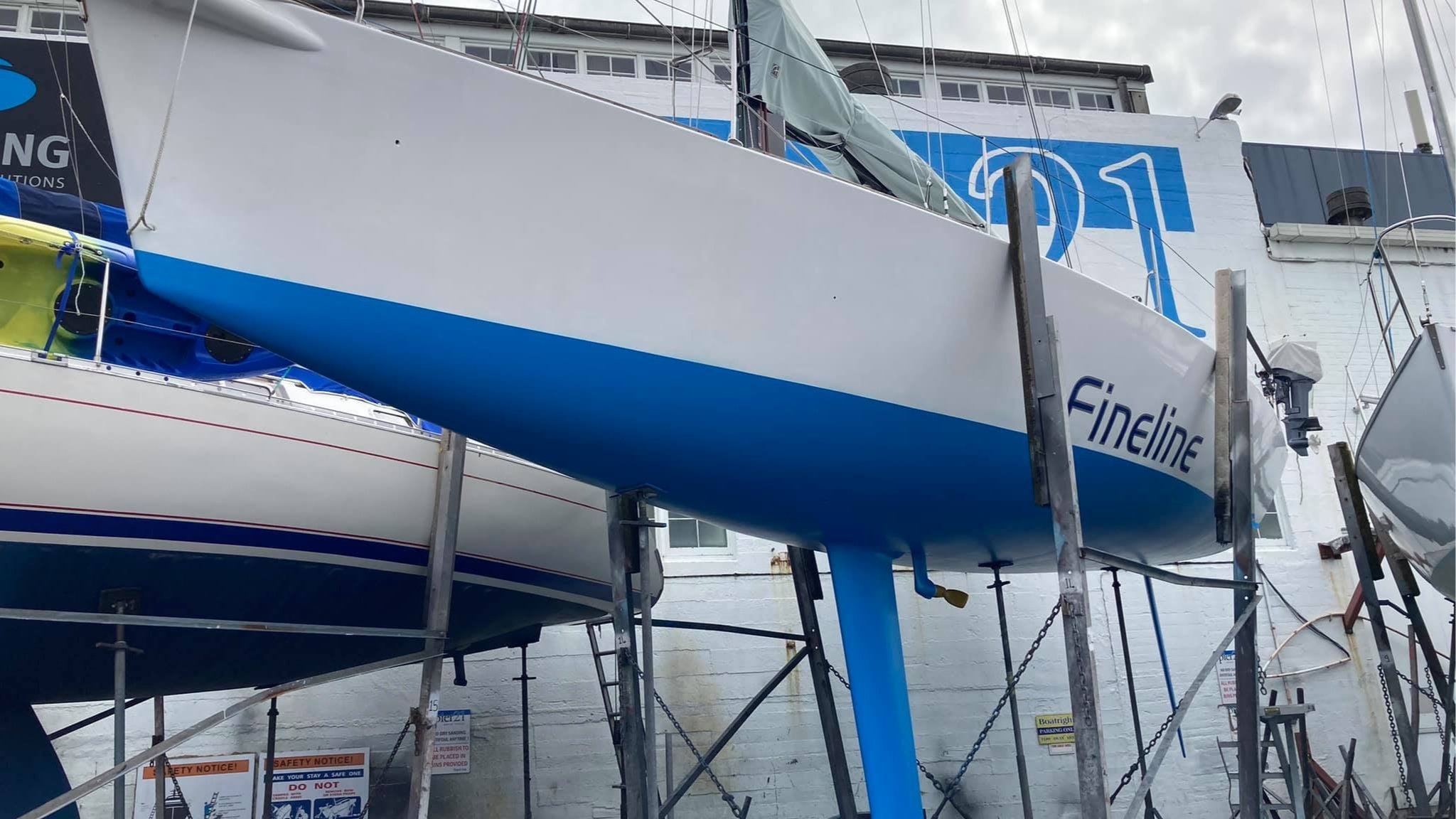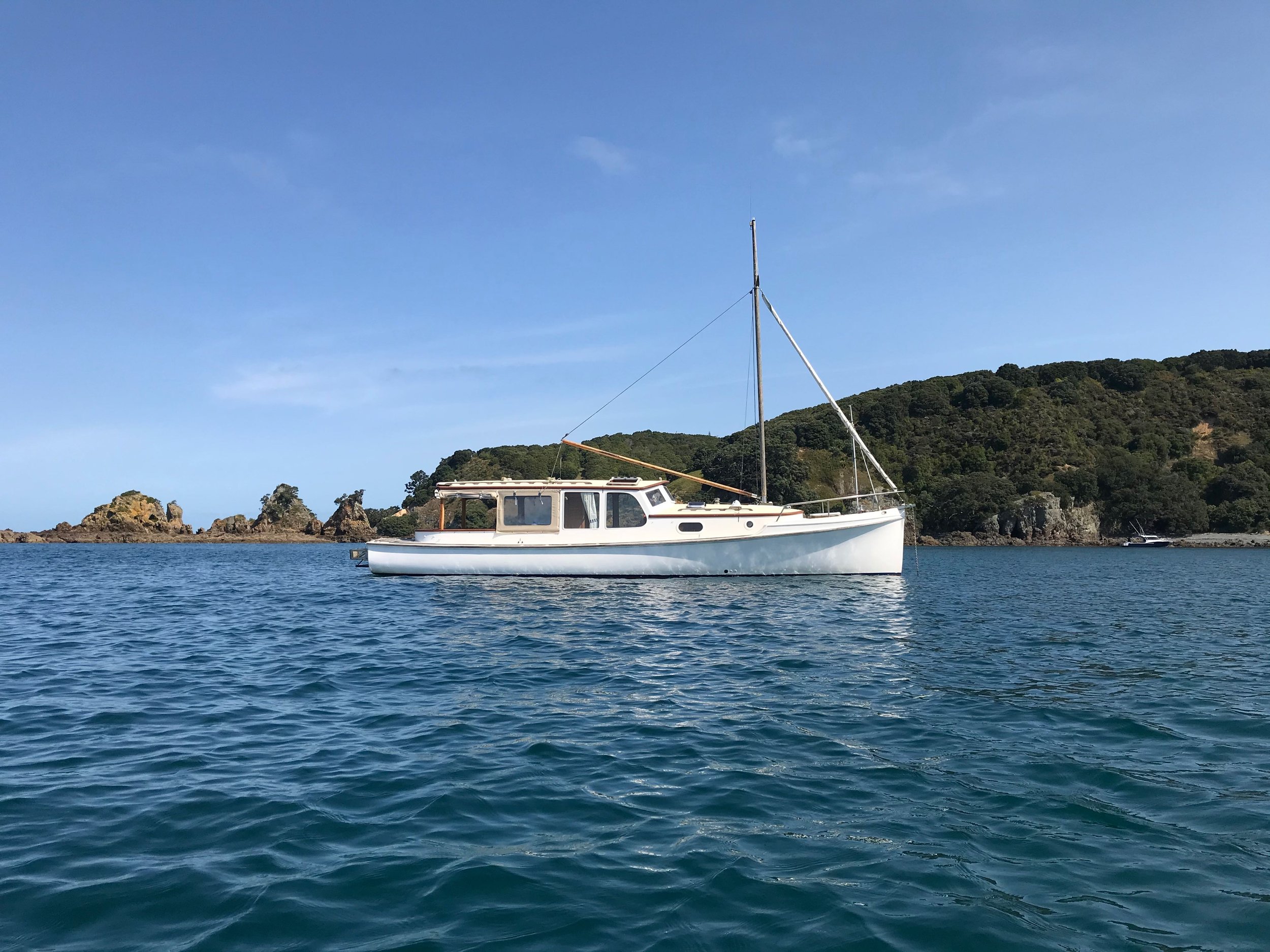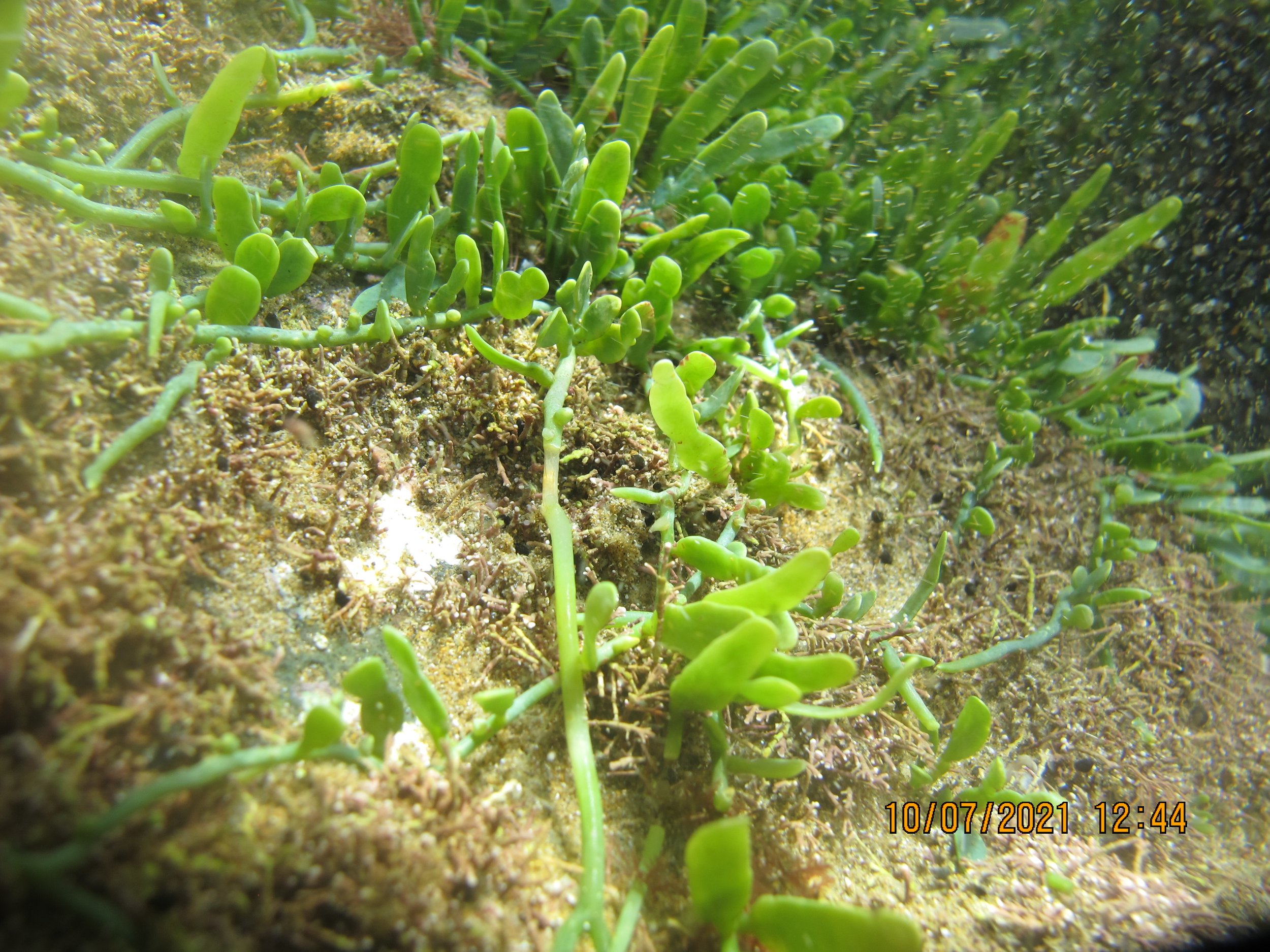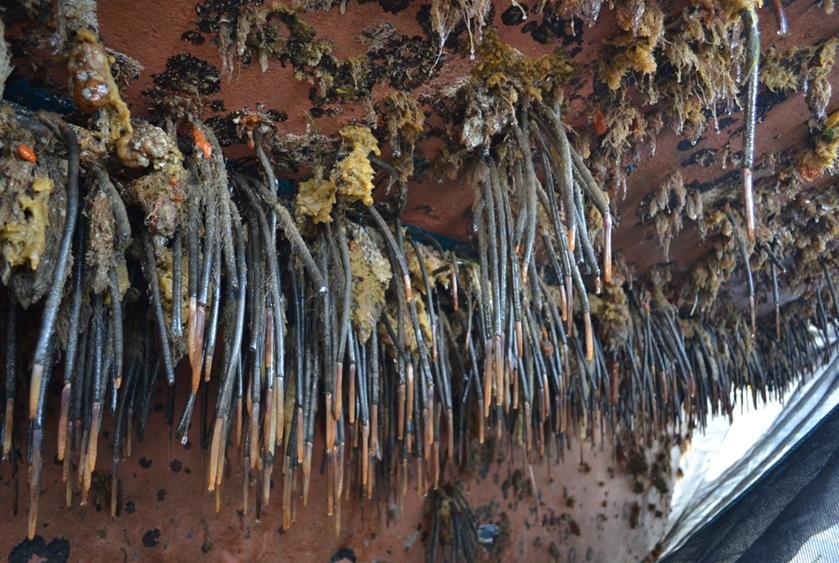
Greetings Auckland cruisers!
Thanks for taking an interest in marine biosecurity. Before you take off for your holidays to amazing coastal destinations, here is some light reading about how marine pests can hitchhike on biofouling and equipment.
Marine pests hitchhike on dirty hulls
Some biofouling species are invasive. They reduce performance, cost you money in fuel consumption, and because they grow or reproduce so quickly can also do immense damage to the places we love.
And spread on our equipment
Marine pests like the seaweed exotic caulerpa can move around as fragments on equipment including dive gear, fishing gear, and anchors and chains.
Check and clean before you move
Therefore, before you move, always check and clean your gear carefully. If you find weed on your gear, remove it, store it safely, and dispose of it in the rubbish on land. If you can’t bag and bin it safely, put it back in the waters it came from.
Don’t fall foul of the rules
Many regions have rules in place to protect the coastlines from marine pests, and so do many marinas. There are also restrictions in places where exotic caulerpa has been found. Plan ahead! Check the rules using this link.
Know what to do if you find exotic caulerpa
If you think you’ve found some exotic caulerpa, please take a photo, note the location, and report it to Biosecurity New Zealand online using this link.

Quick Links:

Are you good to go?
Growth rate based on a scenario of possible exotic caulerpa growth by Professor Murray Cox at the University of Auckland. Actual growth depends on many factors including salinity, temperature, habitat, competitors, nutrients, and human interventions.
Photo credits: Samantha Happy Auckland Council, NIWA, Gareth Cooke Project Kahurangi.








